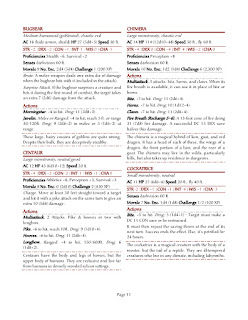Alternate Oerths - Mythic Greyhawk: Introduction

This is the first entry in a series on Mythic Greyhawk. Upcoming entries will include Religion & Cosmos and History, Kingdoms & Cultures and what else I end up thinking of. One of my favorite GH illustrations. A baroque wizard sitting on an owlish griffon on top a ruin with an adventurous landscape in the background - somehow the image still has an earthy naturalistic character. All very Greyhawk. M ythic Greyhawk takes the Greyhawk Folio as its base (and looks at the boxed set more often than not) and borrows freely from other sources, whilst discarding and altering just as freely. The starting year is 576 CY, although most lands outside the great kingdom use Oeridian Record, of which the year is 1220. Mythic Greyhawk is a world much like a medieval Europe. The following paragraphs are obvious truths to all its inhabitants: The strange exotica of faraway lands usually more exotic than the tales told of them. All the faerie tales are terrifyingly true.









